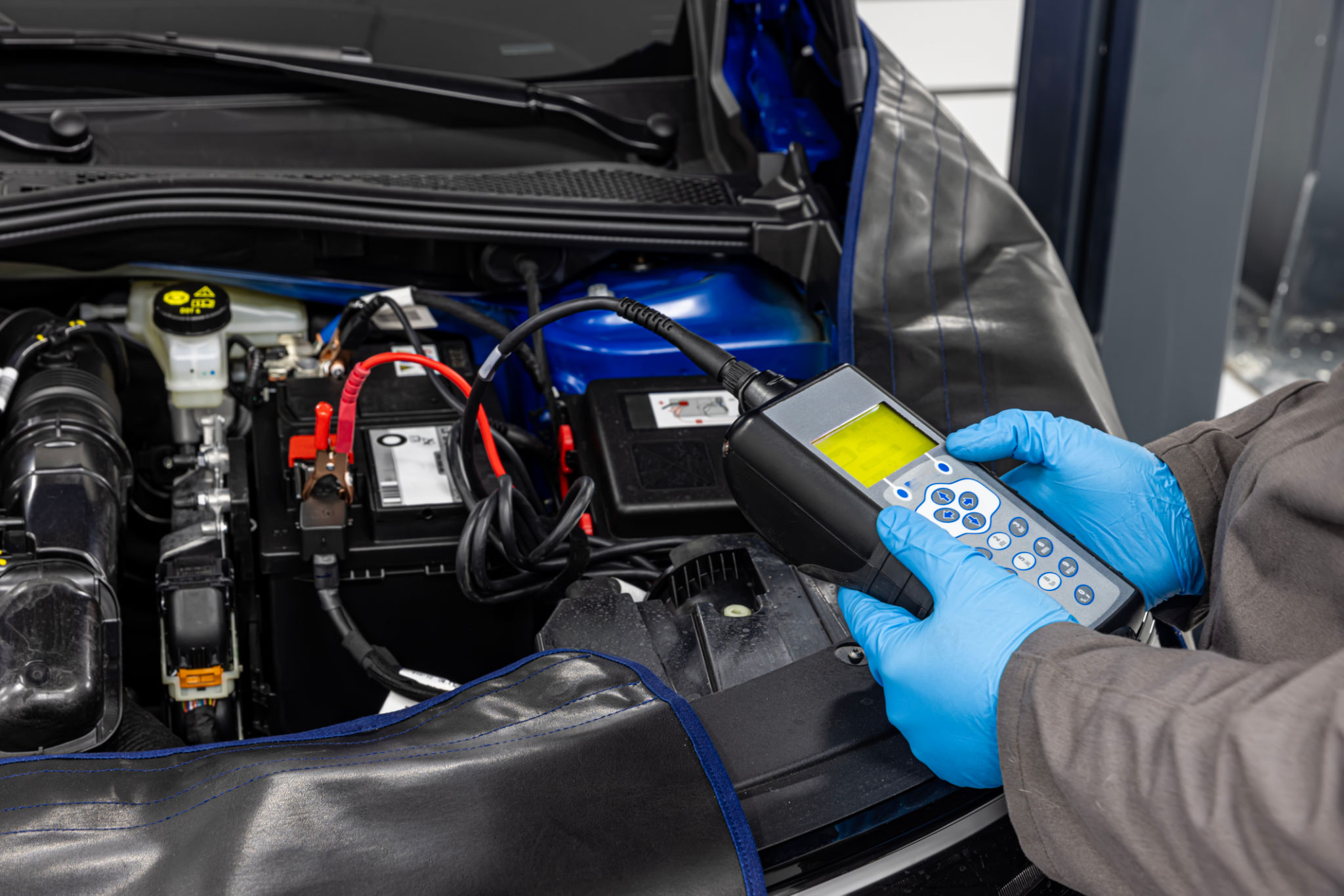How to Prepare Your Vehicle for Newfoundland's Harsh Winters
Understanding Newfoundland's Winter Climate
Newfoundland's winters are known for their harsh and unpredictable nature. With heavy snowfall, ice, and cold temperatures, it's crucial to ensure your vehicle is ready to withstand these conditions. Proper preparation can prevent unexpected breakdowns and ensure your safety on the roads.

Inspecting Your Tires
Tires are your vehicle's only contact with the road, making them a critical component in winter driving. Start by checking the tread depth of your tires. A minimum tread depth of 5/32 inches is recommended for winter conditions. Consider switching to winter tires, which are specifically designed to handle snowy and icy surfaces.
Also, ensure your tires are properly inflated. Cold temperatures can cause tire pressure to drop, affecting traction and fuel efficiency. Regularly check tire pressure throughout the winter months to maintain optimal performance.
Ensuring Optimal Battery Performance
Cold weather can significantly reduce a battery's efficiency. Before winter sets in, have your battery tested to ensure it's holding a charge and performing well. Look for any signs of corrosion on battery terminals and clean them if necessary. If your battery is over three years old, consider replacing it to avoid unexpected failures during the cold months.

Preparing the Engine and Fluids
The engine is the heart of your vehicle, and it needs to be in top condition for winter driving. Check the oil level and consider switching to a winter-grade oil if you haven't already. Winter-grade oils are designed to flow better in cold temperatures, reducing engine wear.
Additionally, ensure all other fluids are topped off, including brake fluid, power steering fluid, and windshield washer fluid. Use a windshield washer fluid with a low freezing point to prevent it from freezing in the reservoir or on your windshield.
Checking Brakes and Lights
Your vehicle's brakes are essential for safe winter driving. Have them inspected by a professional to ensure they're in good working order. Listen for any unusual noises or vibrations when braking, as these could indicate issues that need immediate attention.
Visibility is also crucial in harsh weather conditions. Check all exterior lights, including headlights, taillights, and turn signals, to ensure they're functioning properly. Replace any burnt-out bulbs and clean lenses to maximize visibility on dark winter nights.

Carrying Essential Supplies
In addition to preparing your vehicle mechanically, it's wise to carry a winter emergency kit. Include items such as a blanket, flashlight, extra batteries, non-perishable snacks, and a first aid kit. A small shovel and some sand or kitty litter can also be invaluable if you get stuck in snow or ice.
Furthermore, keep an ice scraper and snow brush handy to clear your windows and mirrors before driving. Clear visibility is essential for safe winter driving.
Regular Maintenance and Monitoring
Once your vehicle is prepared for winter, regular maintenance becomes crucial. Schedule routine check-ups with your mechanic to monitor the condition of your vehicle throughout the season. Pay attention to unusual sounds or changes in performance that might indicate developing issues.
By taking these steps to prepare your vehicle, you can confidently navigate Newfoundland's harsh winters with minimal stress and maximum safety.